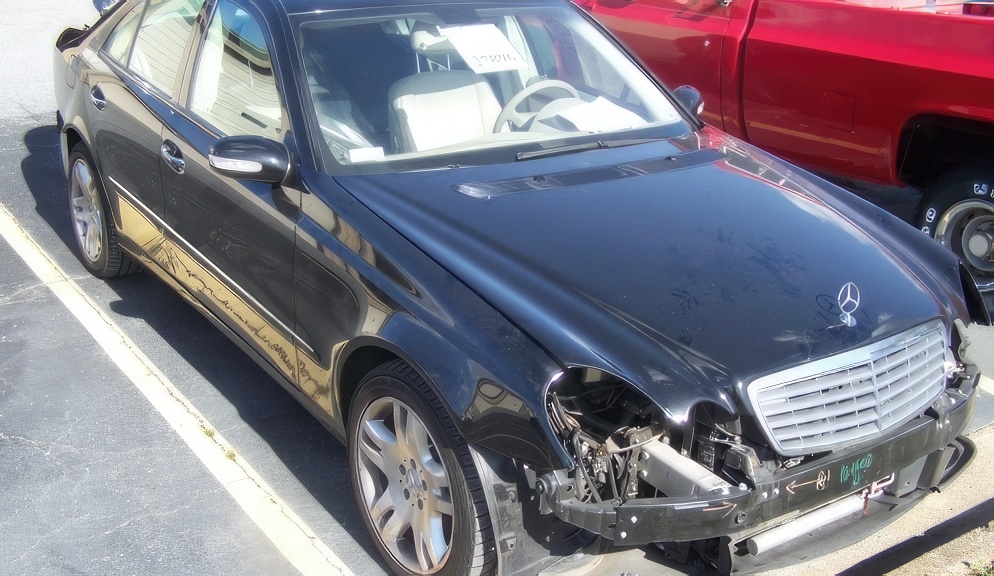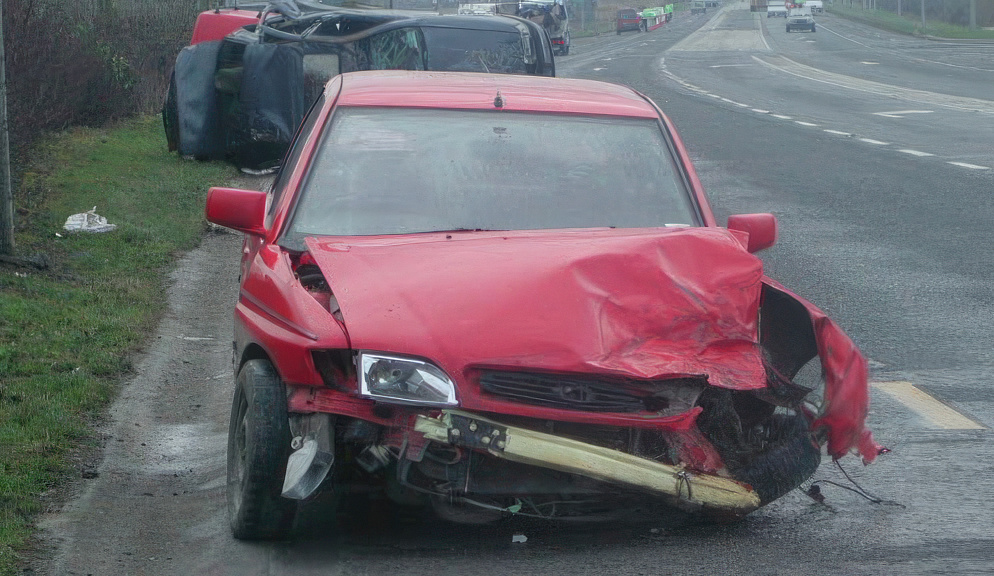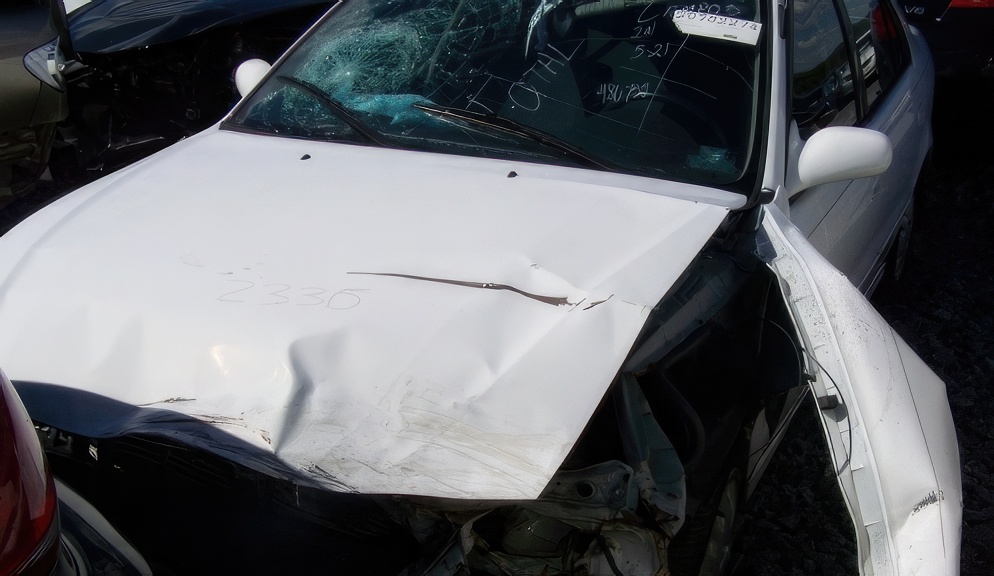Deciphering the Diminished Value Claim Formula: A Strategic Guide for Car Owners

When you’re left with a vehicle that’s been in a mishap, the reality of its lost value can be as disheartening as the accident itself. The concept of a diminished value claim can be your beacon of hope in such times, offering a financial acknowledgment of your car’s devalued status post-repair.
This article ventures into understanding the often-complex diminished value calculation methods, crafted to provide car owners with the expertise and guidance needed to navigate this aspect of auto insurance.
Understanding Diminished Value: The Basics
When your car is involved in an accident, its value inevitably decreases, even after repairs. This depreciation, known in the auto insurance world as diminished value, acknowledges that a repaired vehicle is typically less desirable in the market compared to a similar, accident-free vehicle. A diminished value claim is thus a means to seek financial compensation for this loss in value from your insurance provider.
The concept of diminished value is rooted in market perception. Buyers often shy away from vehicles with a history of accidents, regardless of how well they have been repaired. This hesitation affects the resale value, leading to a tangible financial loss for the owner. Understanding this concept is crucial for car owners who find themselves in such a situation, as it forms the basis for filing a claim with their insurance company.
Filing a diminished value claim requires a good understanding of how accidents impact a vehicle’s worth. It’s not just about the visible repairs but also about the less tangible aspects like buyer perception and market desirability. Recognizing this fact positions you to make a more informed and effective claim to your insurance company for the reduced value of your vehicle.
The Standard Formula: 17c Method Explained
The 17c method, originating from a court case in Georgia, has become a standard formula for calculating diminished value.
It begins by determining a base loss value, usually a percentage of the car’s pre-accident value, often capped at 10%. From there, the formula incorporates a damage multiplier, which varies based on the extent of the damage, and a mileage modifier, further adjusting the value based on the car’s mileage.
Despite its widespread use, the 17c method is often a subject of debate. Critics argue that it can oversimplify the complexities of a vehicle’s depreciation post-accident, resulting in conservative estimates that don’t fully capture the actual loss in value. This is especially pertinent for owners of high-value or unique vehicles, where the nuances of the damage and repairs might significantly impact the car’s desirability and, consequently, its value.
Understanding the 17c formula is key for car owners. While it’s a commonly used tool by insurance companies, knowing its limitations can empower you to challenge a settlement that seems unfairly low. This awareness is crucial, particularly if you believe the calculated value doesn’t reflect your vehicle’s true diminished value post-repair.
Alternative Formulas: Seeking Fairness in Calculation
Beyond the 17c method, other formulas can provide more customized assessments of diminished value.
- The Inherent Loss of Value Method, for example, estimates a vehicle’s worth if the accident had not occurred and compares it to its current, post-repair value.
- The Immediate Resale Value Method, on the other hand, evaluates how much the car could be sold for immediately before and after the repairs.
Each method has its specific applications and can be more suitable for certain vehicle types or damage scenarios. While the 17c formula offers a standardized approach, these alternative methods consider various factors that might impact the car’s market value more accurately. They are particularly useful in cases where the standard formula fails to capture the unique aspects of a vehicle or the extent of its damages.
Understanding these alternative methods is vital for car owners seeking a fair evaluation of their vehicle’s diminished value. It allows for a more nuanced approach, especially in cases where unique vehicles or extensive damages are involved. These methods aim to provide a more equitable calculation, considering the specific circumstances of each vehicle and its post-accident condition.
Real-World Application: Calculating Your Car’s Diminished Value
To put these concepts into perspective, consider a real-world example: Imagine you own a car valued at $20,000 before an accident. Using the 17c formula, you might start with a base loss of 10%, equating to $2,000. If the vehicle sustained moderate damage, the damage multiplier could reduce the value by another 50%, and a mileage modifier might further decrease the claim. This could result in a final diminished value claim much lower than the actual loss.
This scenario highlights the importance of not accepting the initial estimate without scrutiny. Understanding how the diminished value is calculated allows you to critically assess whether the proposed claim accurately reflects the depreciation of your specific vehicle. In many cases, engaging with the process and seeking additional opinions or calculations can lead to more accurate and favorable outcomes.
Understanding the calculation process empowers car owners in their dealings with insurance companies. It provides a foundation for negotiating a claim that more accurately reflects the vehicle’s post-accident value. It’s crucial for car owners to be proactive and well-informed to ensure they receive fair compensation for their loss.
Expert Insight: The Role of Professional Appraisers
Professional appraisers bring a depth of expertise in evaluating a vehicle’s diminished value. Their assessments consider numerous factors, including:
- Make
- Model
- Age
- Pre-accident condition
- Quality of repairs
- Market trends.
They offer a more personalized analysis, often leading to a higher claim amount than standard formulas would suggest.
Engaging a professional appraiser can be particularly beneficial for unique or high-value vehicles. Their understanding of the specific market for such cars allows for a more accurate assessment of how an accident and subsequent repairs affect the vehicle’s value. These experts are equipped to navigate beyond the limitations of generic formulas, providing a valuation that reflects the true market context of your vehicle.
The detailed reports provided by professional appraisers can be instrumental when negotiating with insurance companies. Their assessments are grounded in industry knowledge and experience, offering a credible and authoritative perspective that can challenge the insurer’s initial offer. This level of detail and professionalism adds significant weight to your claim, enhancing your prospects for a fair settlement.
Navigating Insurance Claims: Leveraging Professional Evaluations
Submitting a diminished value claim backed by a professional appraisal can significantly impact the outcome. Insurance companies are more likely to take a claim seriously when it’s supported by a detailed expert evaluation. These appraisals provide a comprehensive view of the vehicle’s value, both before and after the accident, lending credibility to your claim.
A professional appraisal acts as a powerful negotiation tool, often countering the insurance company’s tendency to undervalue your claim. The detailed report will outline the methodology used and the rationale behind the appraiser’s conclusion, offering a strong, evidence-based argument for your claim. This level of detail and expertise can shift the balance in your favor during negotiations.
Utilizing the insights from a professional appraisal can transform a challenging claims process into an opportunity to secure fair compensation. It demonstrates a thorough and responsible approach to evaluating your claim, ensuring that you are not disadvantaged when facing the insurance company’s own assessors.
Empower Your Claim with Knowledge and Expertise
Successfully navigating a diminished value claim requires more than just understanding the basic formulas; it demands a strategic approach backed by solid evidence and expertise. Whether using a standardized method or a customized appraisal, the end goal is to achieve a claim that accurately reflects the real loss in your vehicle’s value.
Being well-informed and prepared is crucial in these negotiations. Understanding the different methods of calculation and the value of professional appraisals gives you the upper hand in discussions with your insurance provider. This knowledge, coupled with a detailed and well-supported claim, positions you to advocate effectively for the true worth of your car post-accident.
In the intricate world of insurance claims, those who approach the process with a well-grounded understanding and the support of expert evaluations stand the best chance of receiving fair compensation. It’s about ensuring that the financial impact of an accident is recognized and compensated appropriately, safeguarding your investment in your vehicle. Remember, in the realm of insurance, knowledge is power, and those who navigate these waters with expertise and confidence are more likely to achieve a just and fair outcome.





